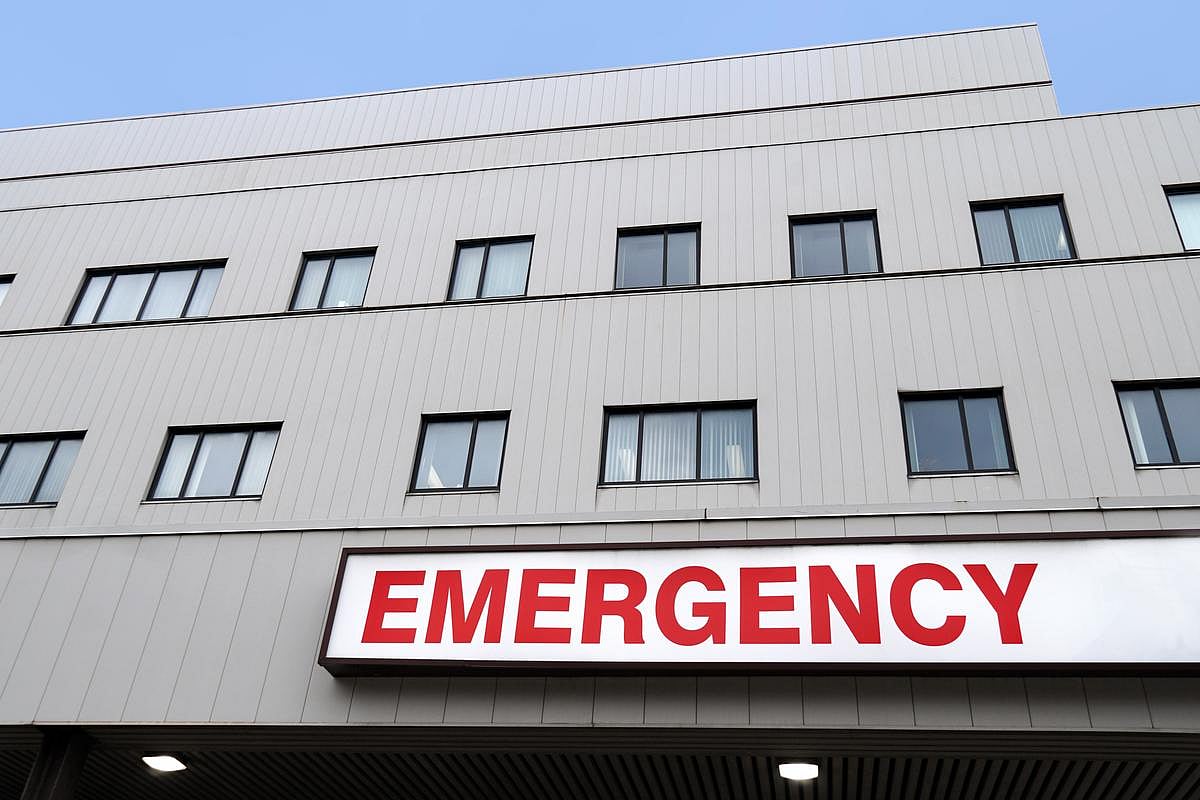Threats include increasing demand, patients with increasingly complex needs, and falling payments for physicians
By Lori Solomon HealthDay Reporter
TUESDAY, April 22, 2025 (HealthDay News) — The viability of hospital-based emergency care in the United States is at risk, according to a RAND report released April 7.
Mahshid Abir, M.D., from RAND in Santa Monica, California, and colleagues conducted focus groups, a survey, and literature review to assess the current value of emergency care, evaluate challenges to sustaining emergency care, measure trends in emergency care payment, and identify alternate funding strategies for emergency care.
The authors found that emergency departments remain the safety net of the U.S. health system. Top challenges include the following: a consistent increase in visit numbers from 2020 to 2024; increased patient complexity (both complex medical and social needs); increased patient acuity; and insufficient capacity, which can lead to crowding, longer wait times, and violence toward emergency department staff. Additionally, payment to physicians per emergency department visit is falling. The authors of the report recommend policies allocating local funds to emergency departments, greater investment in primary care, and protections for those needing care without the ability to pay as well as protections for health care workers.
“Urgent action is needed to sustain hospital emergency departments, which act as a safeguard for patients who use the services and communities that rely on them during a crisis,” Abir said in a statement. “Unless these challenges are addressed, there is an increasing risk that emergency departments will close, more doctors and nurses will leave emergency medicine, and patients will face even longer waits for care.”
Strategies for Sustaining Emergency Care in the United States
Copyright © 2025 HealthDay. All rights reserved.








